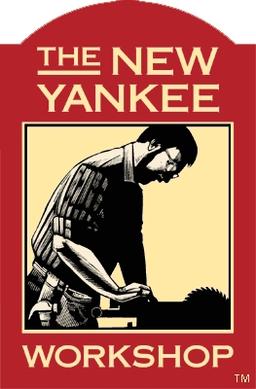While looking into workbenches, I came across a suggestion that scaffolding screw jacks could be used to make a large vise, but also comments saying that since they’re designed for use on muddy construction sites, the threads have excessive clearance or slop. Is that a problem in practice? I can’t figure out why it would be, since I would think backlash just means you need an extra fraction of a turn when switching from tightening the vise to loosening it. What am I missing?


Having the vise jaw flush with the bench is kind of niche. If I’m trying to rout a mortise in narrow stock, supporting the router on the bench/vise feels more stable than on the part itself. Probably get similar stability just setting the part flush with the bench, leave the jaw low, and support the router on part/bench, but if your vise jaw is always flush with the bench, then that’s a very easy, very stable support. Also for planing smaller stock, if the vise jaw sticks up relative to the benchtop, then it’s a little less clearance for the plane.
Speed of the high lead is definitely a thing, but it’s easier to work up speed nut solutions for smaller screws. There’s split nuts https://www.mcmaster.com/products/speed-nuts/split-nuts~/ where you can open the nut to slide down the shaft. Can split a nut/lead along the axis, then clamp on/off the shaft. Drill the threads out at an angle (eg https://www.youtube.com/watch?v=EXhXezK4cKU ) if you’re really ambitious. Those mods start putting you at the point where cheaping out on the shaft and DIYing a vise pushes the time, cost, and effort close to where you should just buy a vise or vise kit